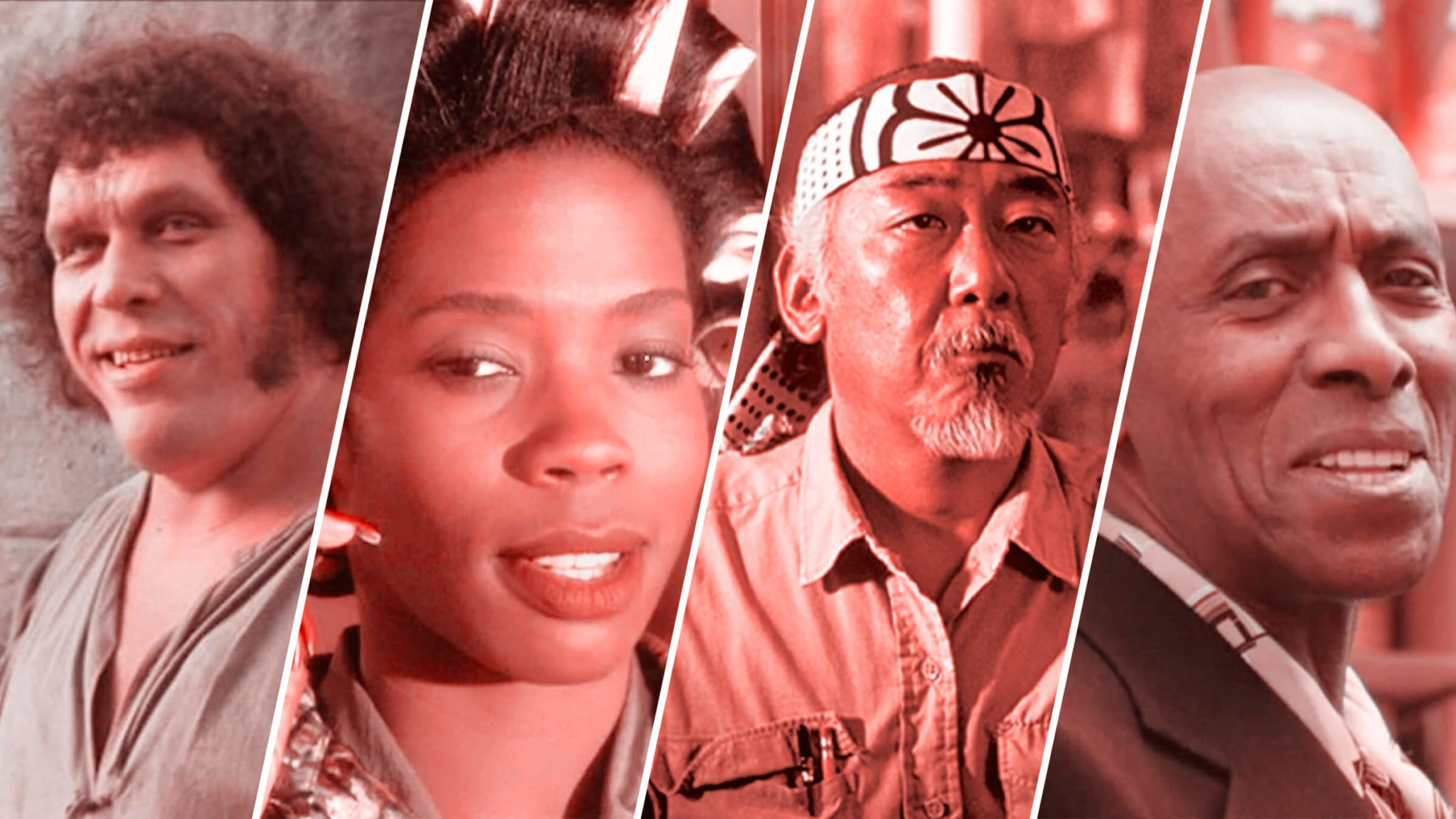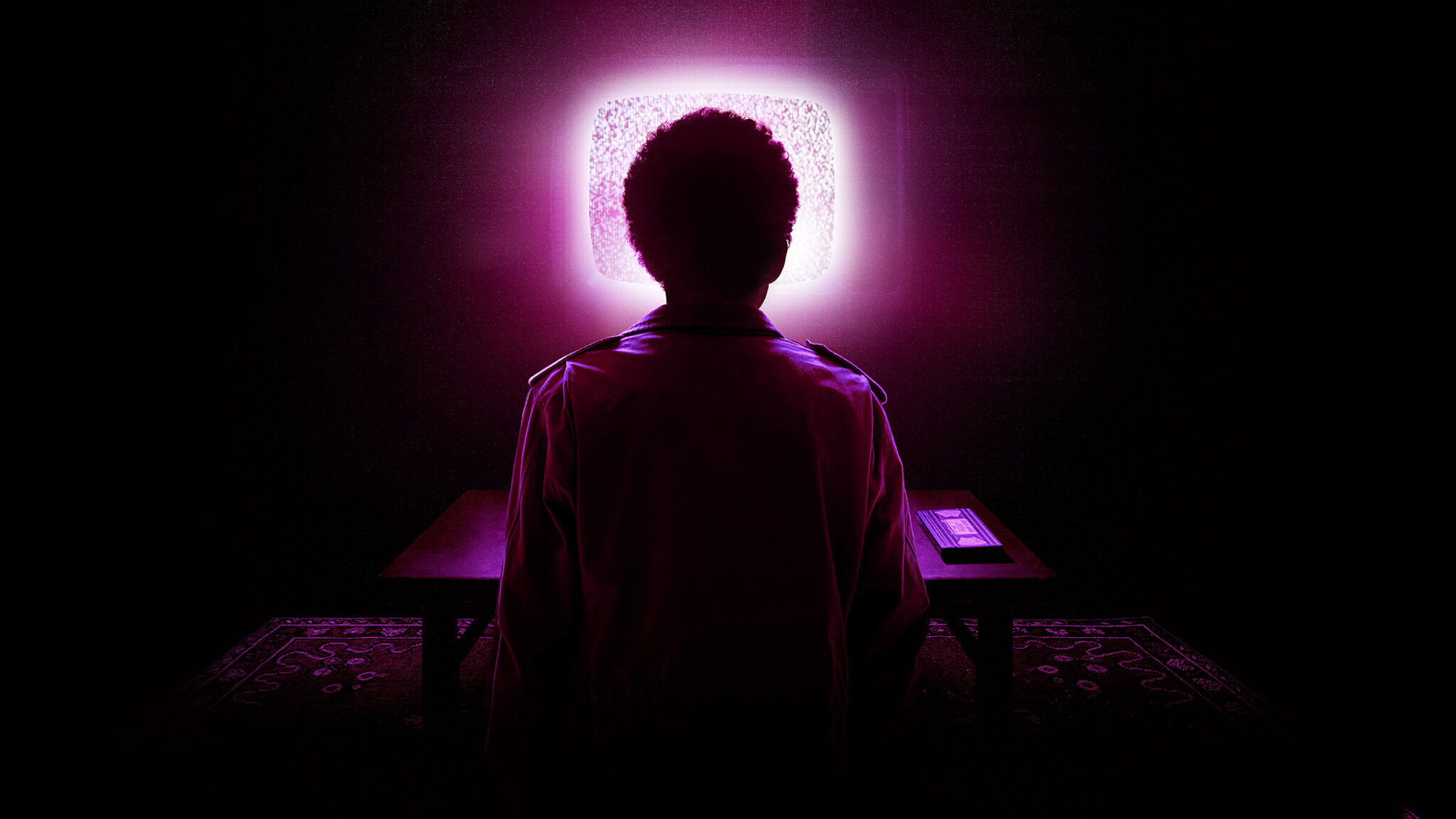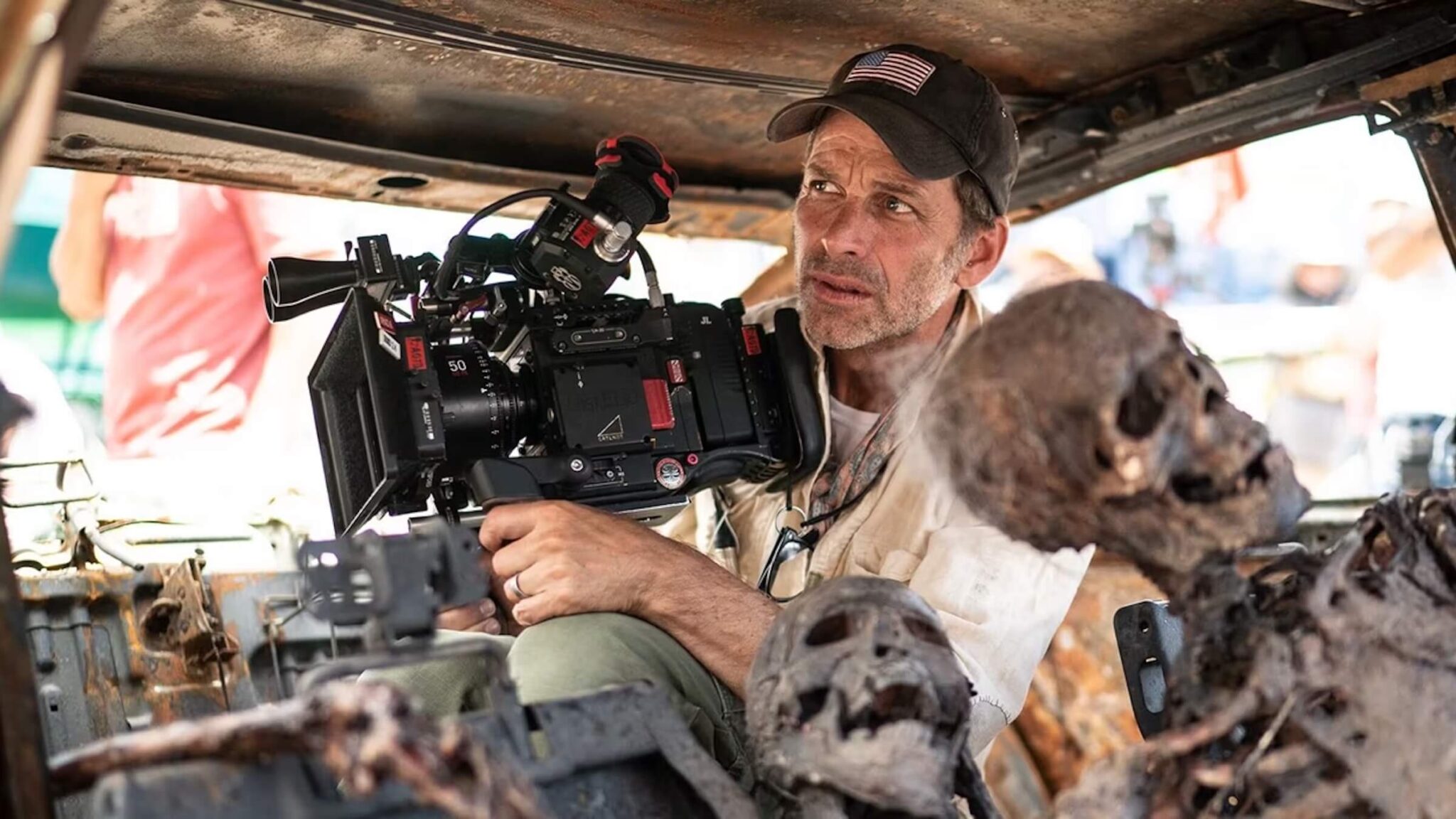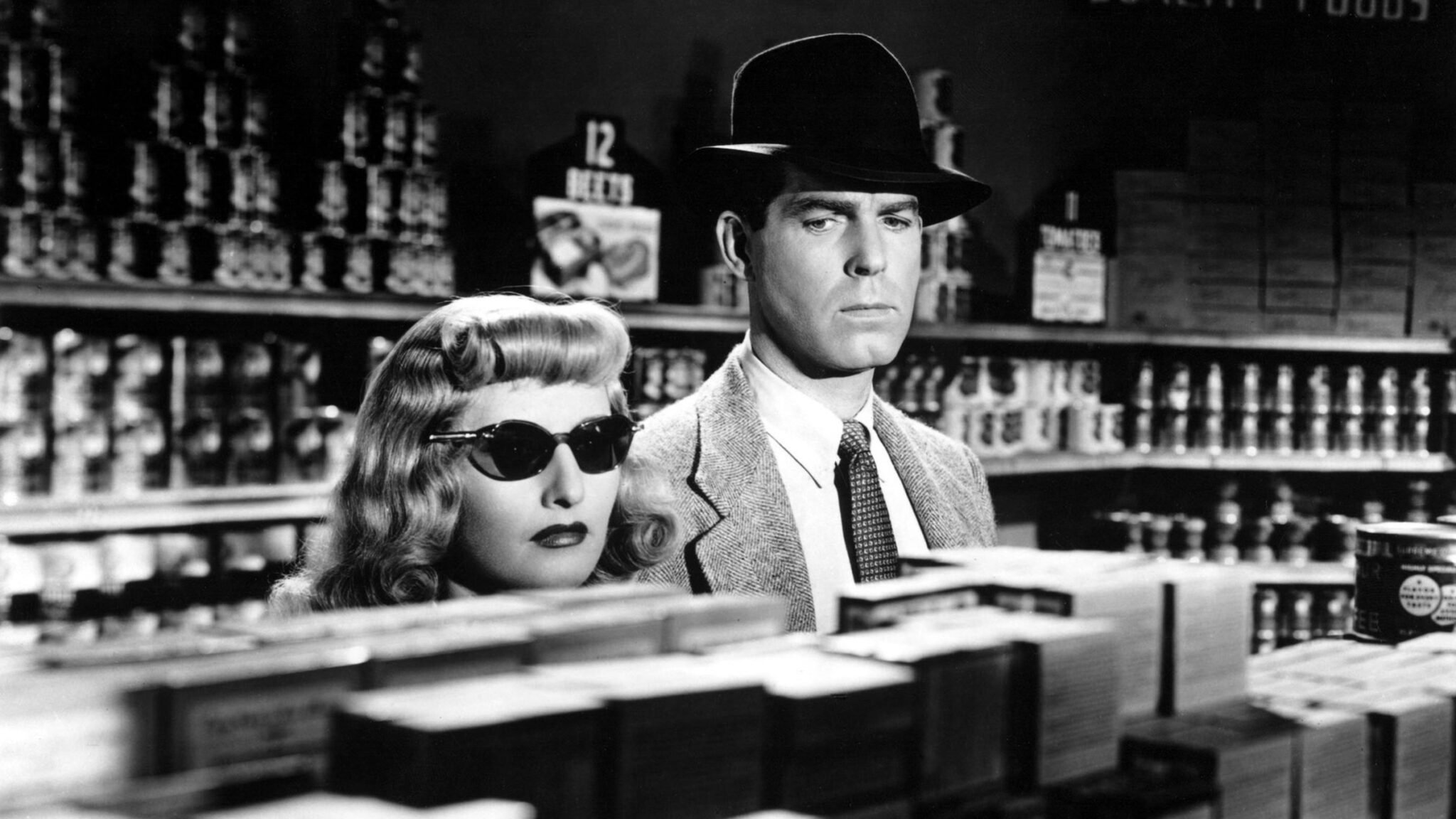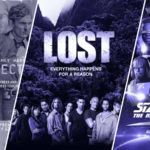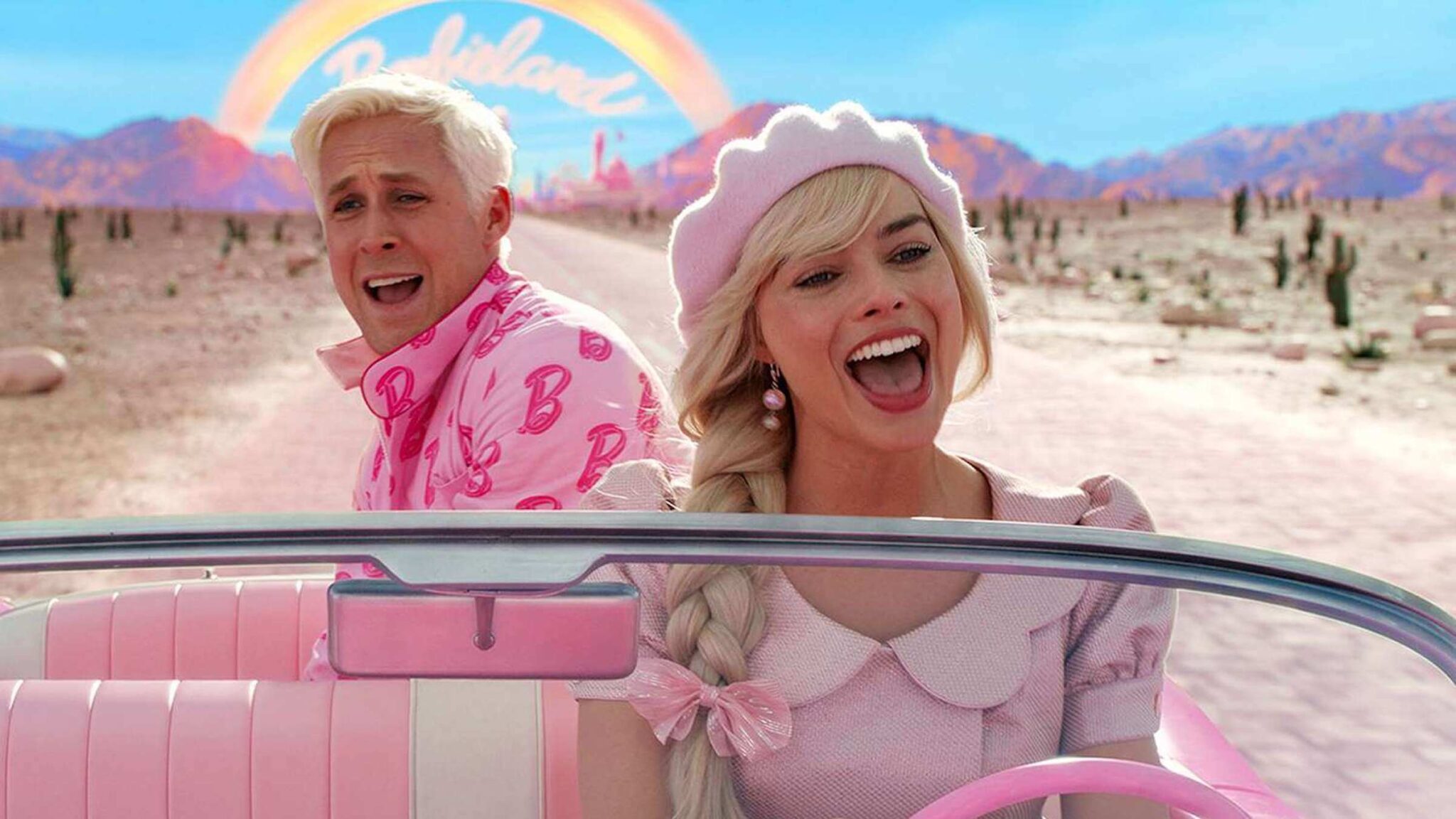Exploring the 12 Stages of the Hero’s Journey Part 3: Refusal of the Call
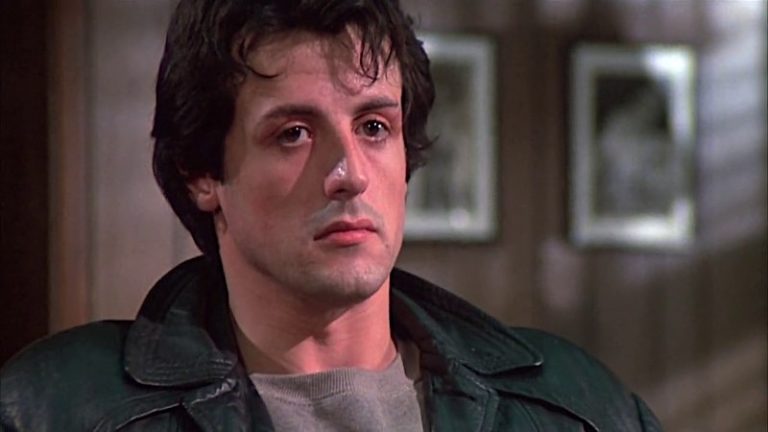
We dive into this archetypal story structure according to Joseph Campbell's The Hero's Journey and Christopher Vogler's interpreted twelve stages of that journey within his book, The Writer's Journey: Mythic Structure for Writers.
Welcome to Part 3 of our 12-part series ScreenCraft’s Exploring the 12 Stages of the Hero’s Journey, where we go into depth about each of the twelve stages and how your screenplays could benefit from them. (Please refer to the bottom of the post for a refresher on The Hero's Journey.)
The first stage — The Ordinary World — is one of the most essential elements of any story, even ones that don't follow the twelve-stage structure to a T.
Showing your protagonist within their Ordinary World at the beginning of your story offers you the ability to showcase how much the core conflict they face rocks their world. And it lets you foreshadow and create the necessary elements of empathy and catharsis that your story needs.
The next stage is the Call to Adventure. Giving your story's protagonist a Call to Adventure introduces the core concept of your story, dictates the genre your story is being told in and helps to begin the process of character development that every great story needs.
What can come next? The Refusal of the Call.
Here we offer three reasons why your protagonist should refuse the Call to Adventure — and how your script can benefit from that refusal.
Get additional information about potential structures by downloading this free eBook!
1. To Create Instant Tension and Conflict Within the Story
The Refusal of the Call to Adventure can work within any type of cinematic story structure and narrative — even one that doesn't hit all of the marks of the Campbell or Vogler Hero's Journey stages.
The Call to Adventure is the Inciting Incident that pushes your protagonist into the core conflict of your story, which comprises the central concept of your script.
Imagine a screenplay with a protagonist that is a private detective. Someone comes to them with a case. They take it and begin their investigation. You show them in their Ordinary World and introduce the Call to Adventure. That's the opening of your script, and most of the first act as well.
Now imagine the same scenario, but you inject a scene, moment, or sequence where your protagonist doesn't want to take the case. Maybe they feel that it's too dangerous. Maybe they have a personal connection. Maybe they don't trust the person that is hiring them.
Doesn't that added refusal add some spice to not only the opening of your screenplay but to the whole first act as well?
When a character refuses a Call to Adventure, there have to be reasons why. And those reasons why offer you — the screenwriter — the ability to inject tension into the opening pages of your screenplay. Tension is equated to conflict. And conflict is a vital element to any screenplay — the more, the better.
2. To Showcase the Risks and the Stakes Involved
The best screenplays showcase big risks and big stakes that characters must overcome. The Refusal of the Call to Adventure offers you the opportunity to introduce those risks and stakes.
In The Lord of the Rings, Frodo's initial refusal reveals that even Gandalph — a man of great power and ultimate goodness — could become seduced by the power of the One Ring.
In our private investigator example, the reason(s) that character is refusing to take on the case gives us the opportunity to show the reader or audience what that character could be risking if they did.
What if the case involved a missing person that was linked to some dangerous mafia gangsters? If the private investigator gets involved, they may uncover details that the mafia doesn't want to be divulged, thus making the private investigator a threat to them. Now the P.I. has enemies — and dangerous ones at that.
We've just injected high stakes for that protagonist. And if they take on that case, they're going to be at risk.
So whether you employ all twelve steps of Vogler's Hero's Journey stages or not, the Refusal of the Call to Adventure can help to amp up your tension and conflict by raising the risks and stakes involved.
3. To Create Empathy and Character Depth
Any character can take on an adventure or handle a conflict that is thrown at them. We've seen that time and time again in any action flick.
But not every action movie takes the time to create empathy for the protagonist or offers character depth that allows us to feel empathy towards that character.
When a protagonist refuses the Call to Adventure, they're revealing their own insecurities, fears, and inner conflicts. This is a bridge to allow the reader and audience to feel empathetic towards the protagonist. We're allowed to relate to that character or, at the very least, sympathize with their plight.
In Rocky, we only get a brief Refusal of the Call to Adventure when he's offered the chance of a lifetime. But the fact that he initially rejects the offer shows his insecurities. He may be a fighter, but he's insecure with himself and his abilities. And that introduces a lot of empathy. And it also offers some introduction to key character depth as well.
If our private investigator took the case instantly, that may show some bravado — but we're missing out on some character depth and opportunities for empathy. Most people won't relate to a character that just takes a case no matter what the risks may be. But if you show that they are hesitant, you can start to reveal any number of possible compelling character traits.
Maybe the private investigator is asked to take on a missing child case — and it's revealed that they lost their own child to a sexual predator. They refuse the case because it's too close to home, but what if they end up taking the case to help them get closure and prevent another parent from losing a child?
This is how you create empathy and introduce further character depth — all because you had your protagonist Refuse the Call to Adventure.
___________________________________________________
The Refusal of the Call to Adventure allows you to create instant tension and conflict within the opening pages and first act of your story. It also gives you the chance to amp-up the risks and stakes involved, which, in turn, engages the reader or audience even more. And it also manages to help you develop a protagonist with more depth that can help to create empathy for them.
And remember...
"The Hero's Journey is a skeleton framework that should be fleshed out with the details of and surprises of the individual story. The structure should not call attention to itself, nor should it be followed too precisely. The order of the stages is only one of many possible variations. The stages can be deleted, added to, and drastically shuffled without losing any of their power." — Christopher Vogler, The Writer's Journey: Mythic Structure for Writers
Joseph Campbell's 17-stage Monomyth was conceptualized over the course of Campbell's own text, The Hero With A Thousand Faces, and then later in the 1980s through two documentaries, one of which introduced the term The Hero's Journey.
The first documentary, 1987's The Hero's Journey: The World of Joseph Campbell, was released with an accompanying book entitled The Hero's Journey: Joseph Campbell on His Life and Work.
The second documentary was released in 1988 and consisted of Bill Moyers' series of interviews with Campbell, accompanied by the companion book The Power of Myth.

Christopher Vogler was a Hollywood development executive and screenwriter working for Disney when he took his passion for Joseph Campbell's story monolith and developed it into a seven-page company memo for the company's development department and incoming screenwriters.
The memo, entitled A Practical Guide to The Hero With A Thousand Faces, was later developed by Vogler into The Writer's Journey: Mythic Structure for Storytellers and Screenwriters in 1992. He then elaborated on those concepts for the book The Writer's Journey: Mythic Structure For Writers.
Christopher Vogler's approach to Campbell's structure broke the mythical story structure into twelve stages. We define the stages in our own simplified interpretations:
- The Ordinary World: We see the hero's normal life at the start of the story before the adventure begins.
- Call to Adventure: The hero is faced with an event, conflict, problem, or challenge that makes them begin their adventure.
- Refusal of the Call: The hero initially refuses the adventure because of hesitation, fears, insecurity, or any other number of issues.
- Meeting the Mentor: The hero encounters a mentor that can give them advice, wisdom, information, or items that ready them for the journey ahead.
- Crossing the Threshold: The hero leaves their ordinary world for the first time and crosses the threshold into adventure.
- Tests, Allies, and Enemies: The hero learns the rules of the new world and endures tests, meets friends, and comes face-to-face with enemies.
- The Approach: The initial plan to take on the central conflict begins, but setbacks occur that cause the hero to try a new approach or adopt new ideas.
- The Ordeal: Things go wrong and added conflict is introduced. The hero experiences more difficult hurdles and obstacles, some of which may lead to a life crisis.
- The Reward: After surviving The Ordeal, the hero seizes the sword — a reward that they've earned that allows them to take on the biggest conflict. It may be a physical item or piece of knowledge or wisdom that will help them persevere.
- The Road Back: The hero sees the light at the end of the tunnel, but they are about to face even more tests and challenges.
- The Resurrection: The climax. The hero faces a final test, using everything they have learned to take on the conflict once and for all.
- The Return: The hero brings their knowledge or the "elixir" back to the ordinary world.
Ken Miyamoto has worked in the film industry for nearly two decades, most notably as a studio liaison for Sony Studios and then as a script reader and story analyst for Sony Pictures. He has many studio meetings under his belt as a produced screenwriter, meeting with the likes of Sony, Dreamworks, Universal, Disney, Warner Brothers, as well as many production and management companies. He has had a previous development deal with Lionsgate, as well as multiple writing assignments, including the produced miniseries Blackout, starring Anne Heche, Sean Patrick Flanery, Billy Zane, James Brolin, Haylie Duff, Brian Bloom, Eric La Salle, and Bruce Boxleitner. Follow Ken on Twitter @KenMovies
For all the latest ScreenCraft news and updates, follow us on Twitter, Facebook, and Instagram.
Get Our Screenwriting Newsletter!
Get weekly writing inspiration delivered to your inbox - including industry news, popular articles, and more!








